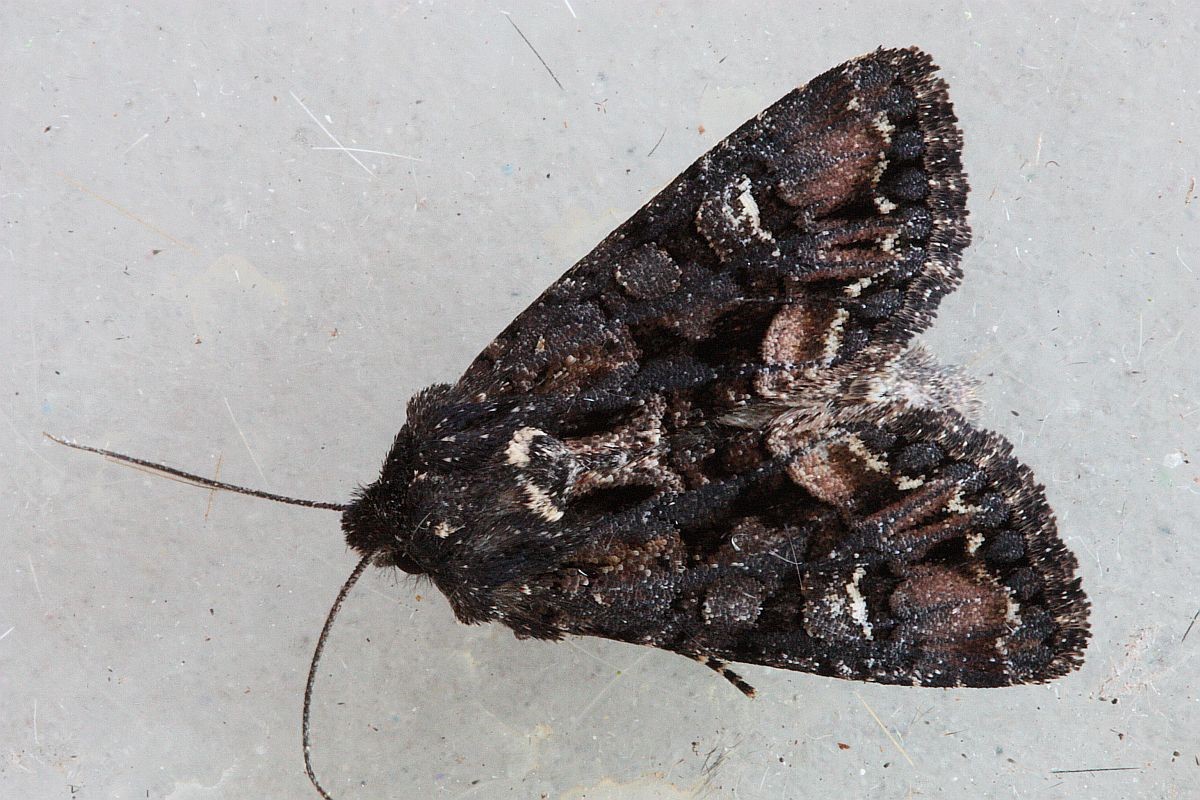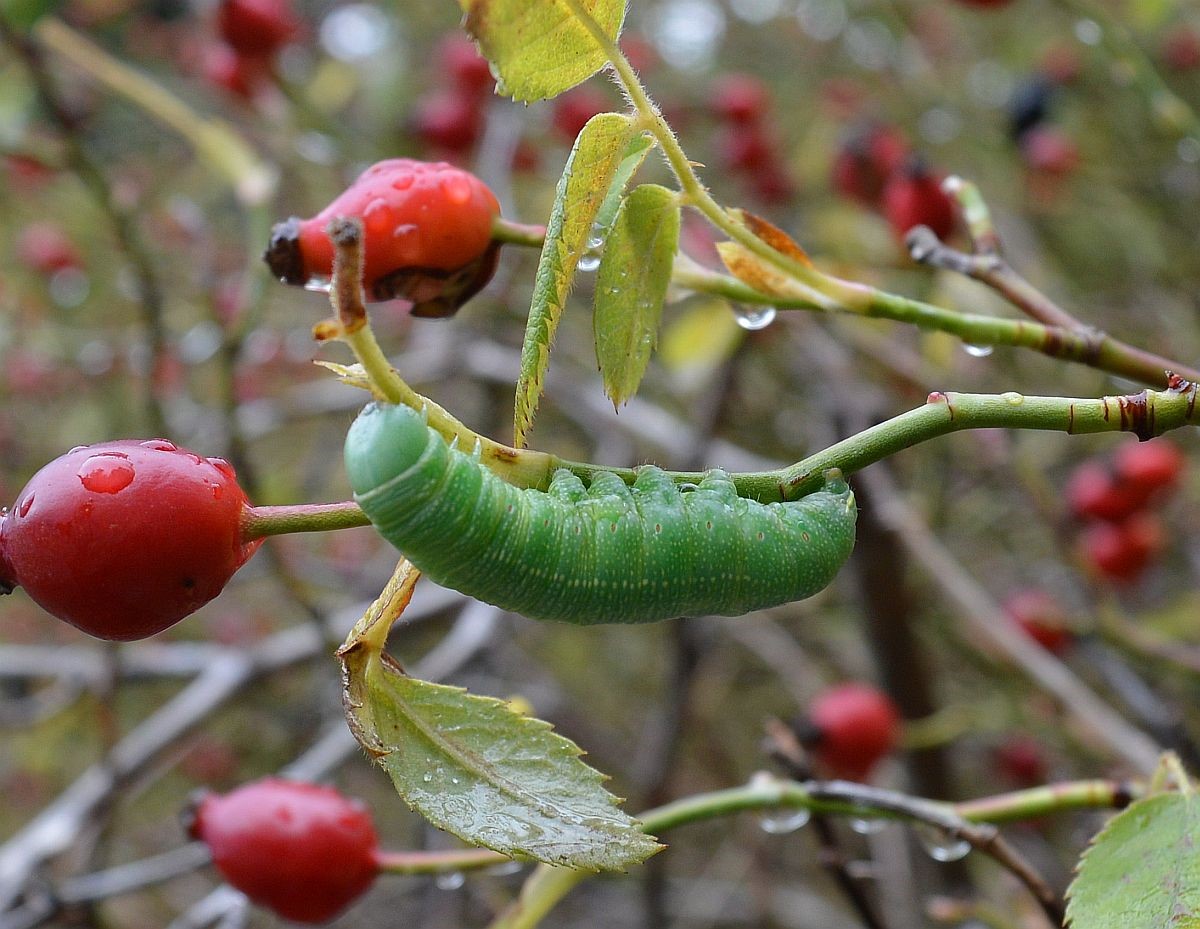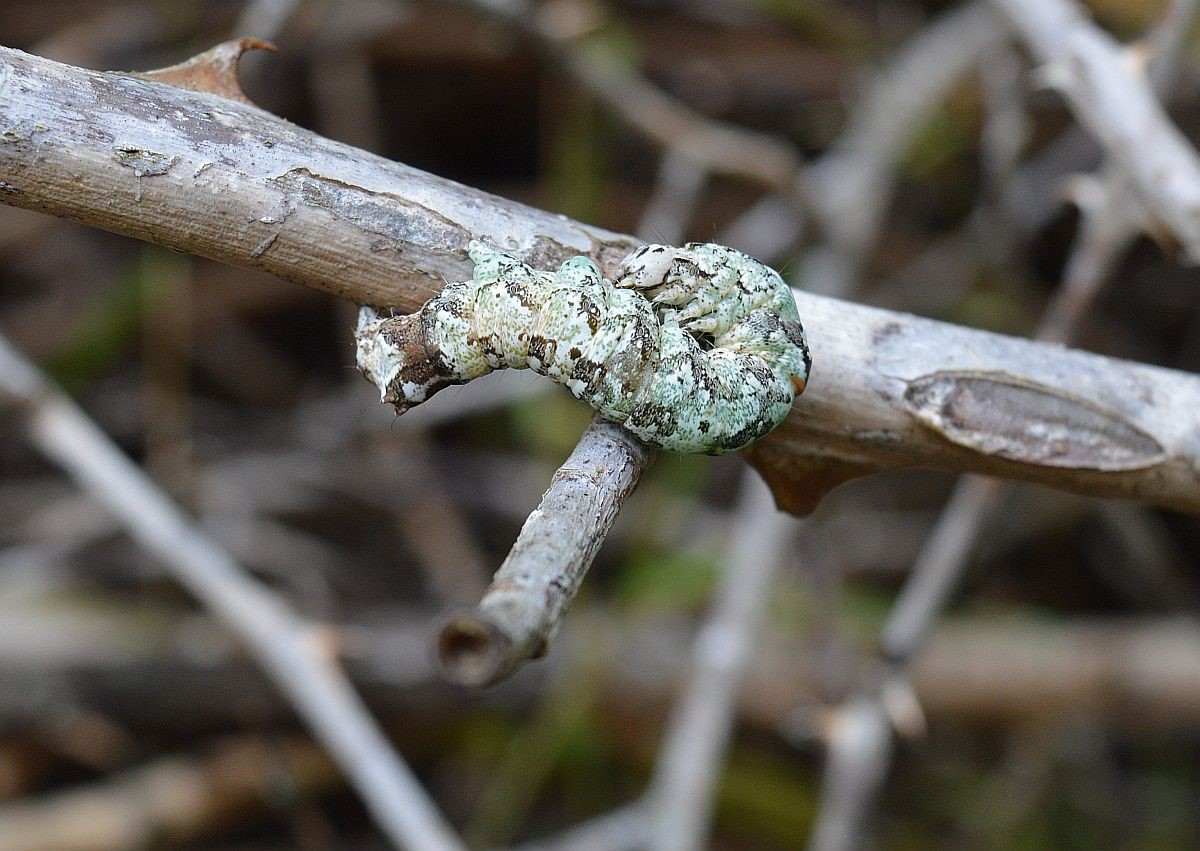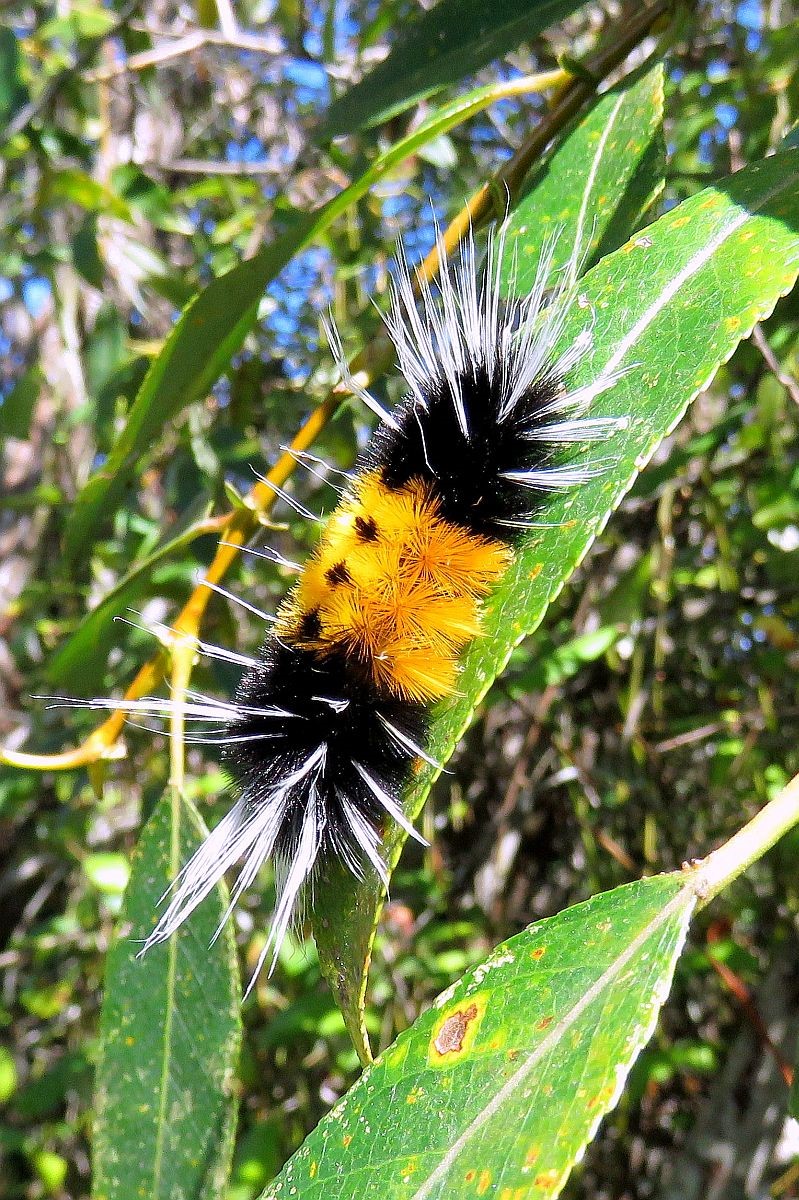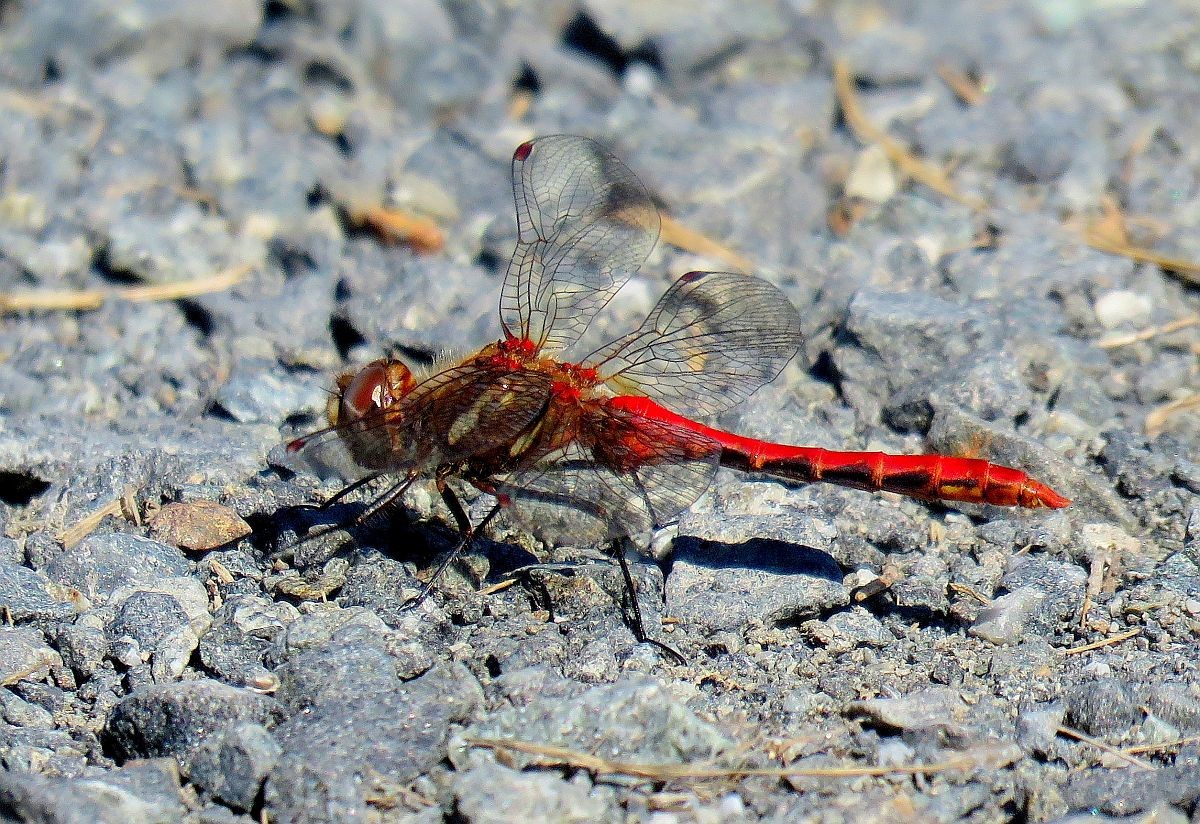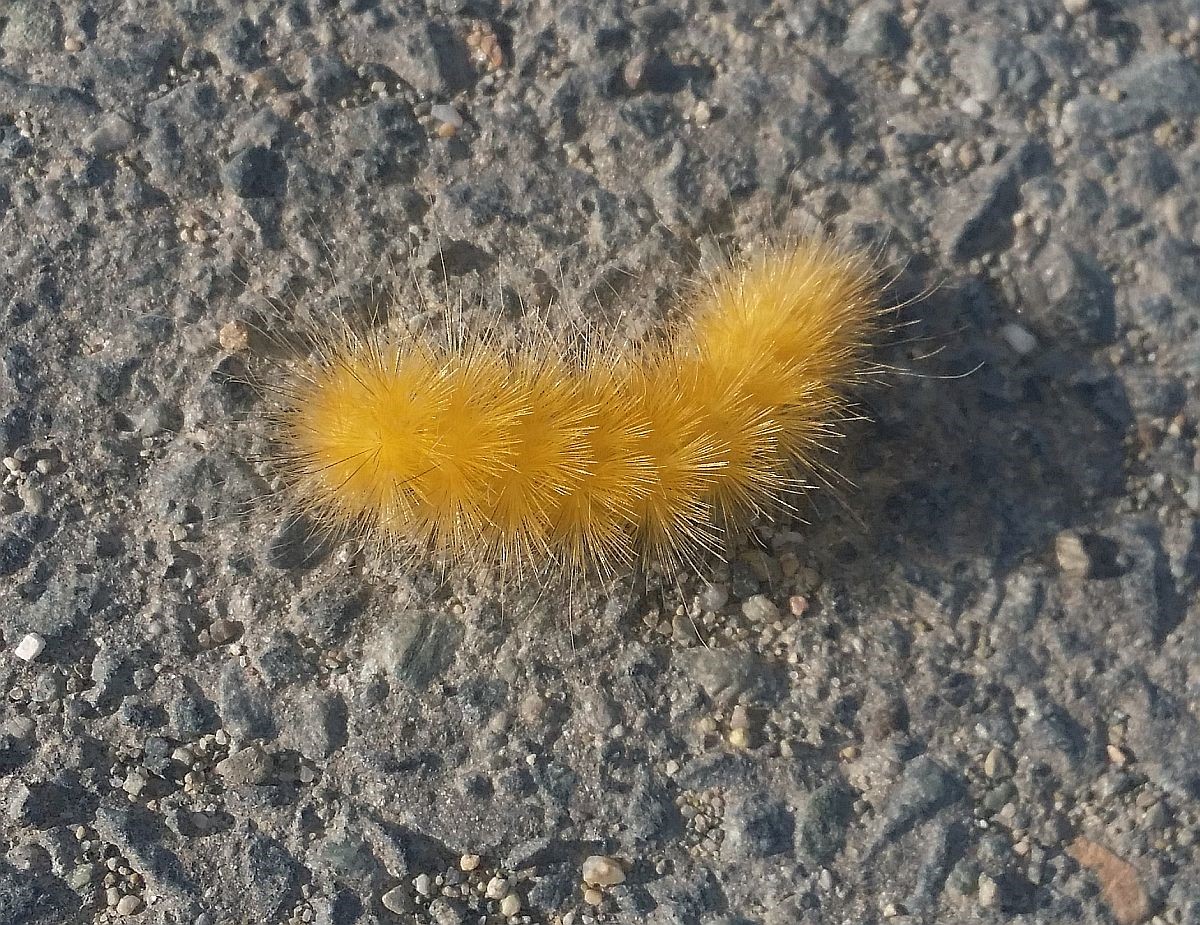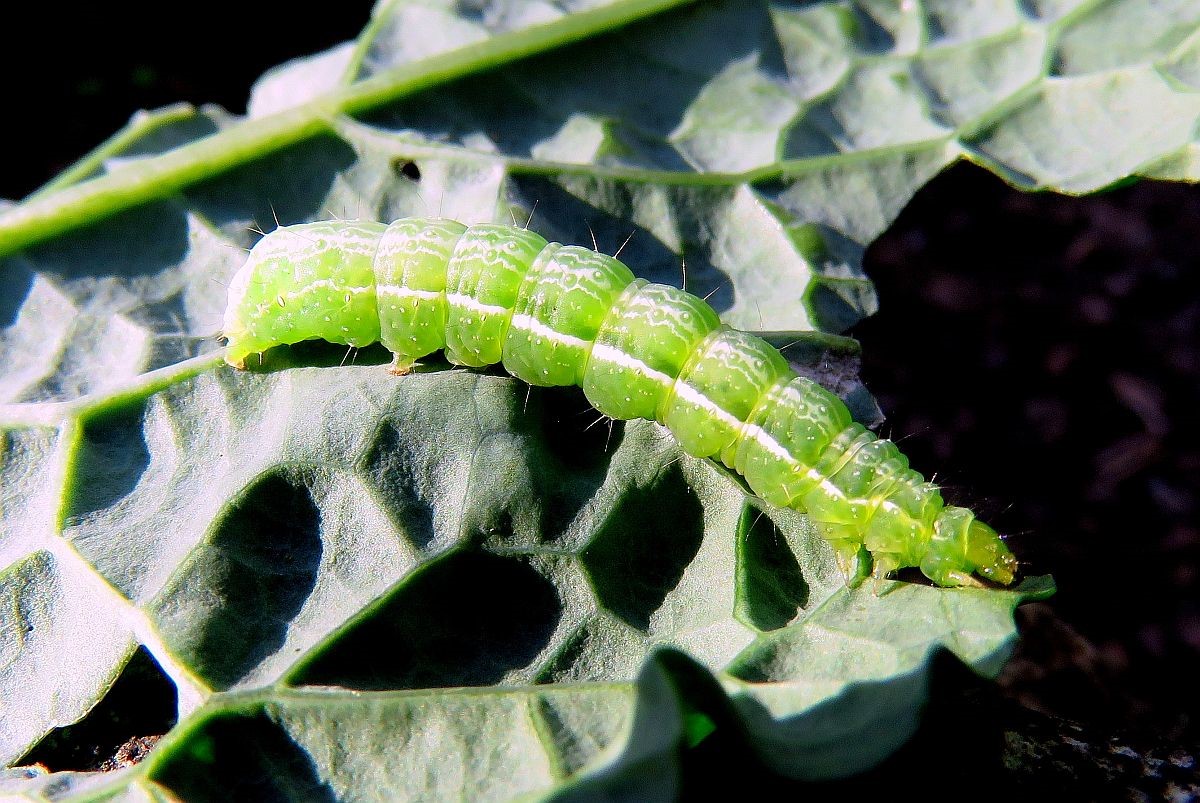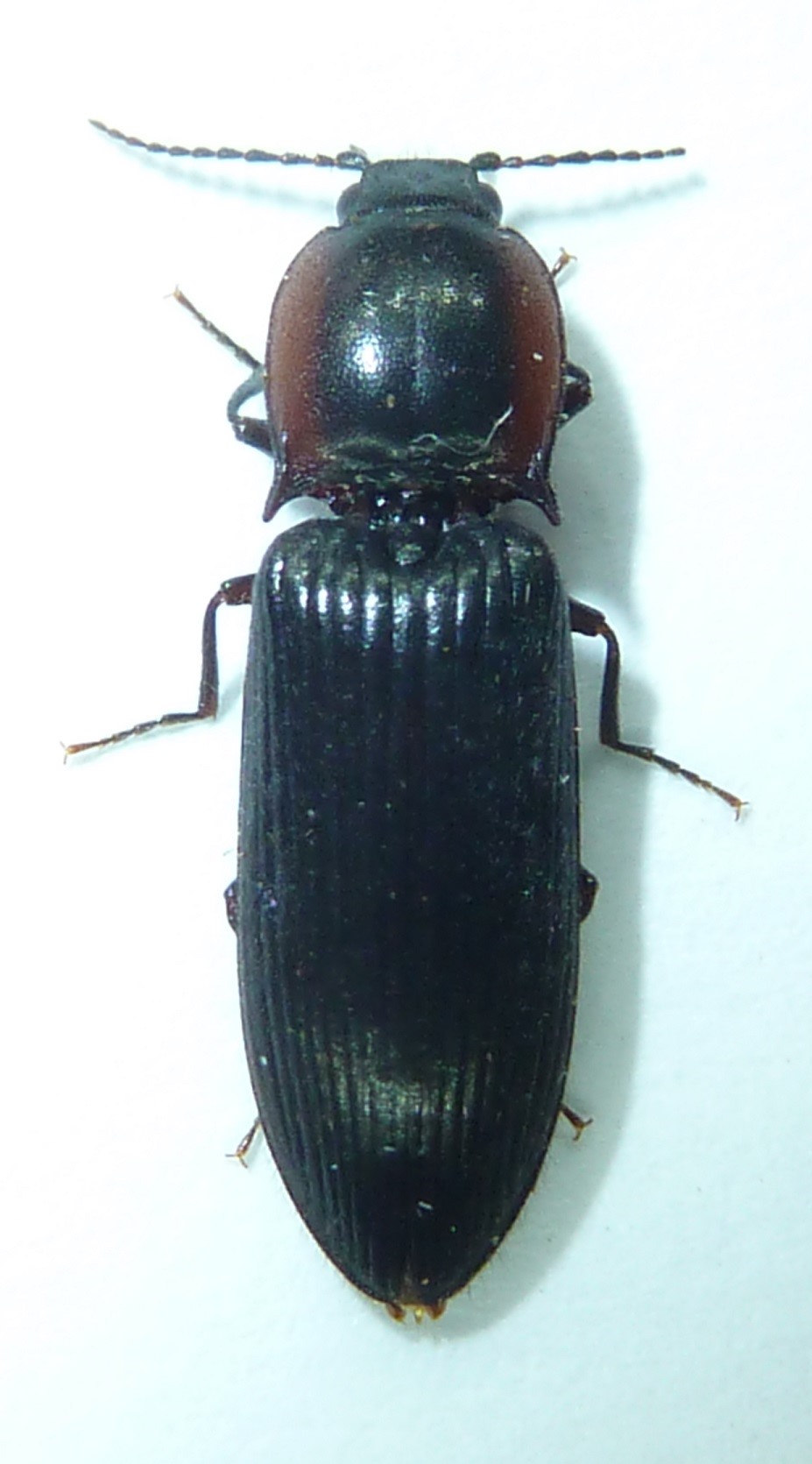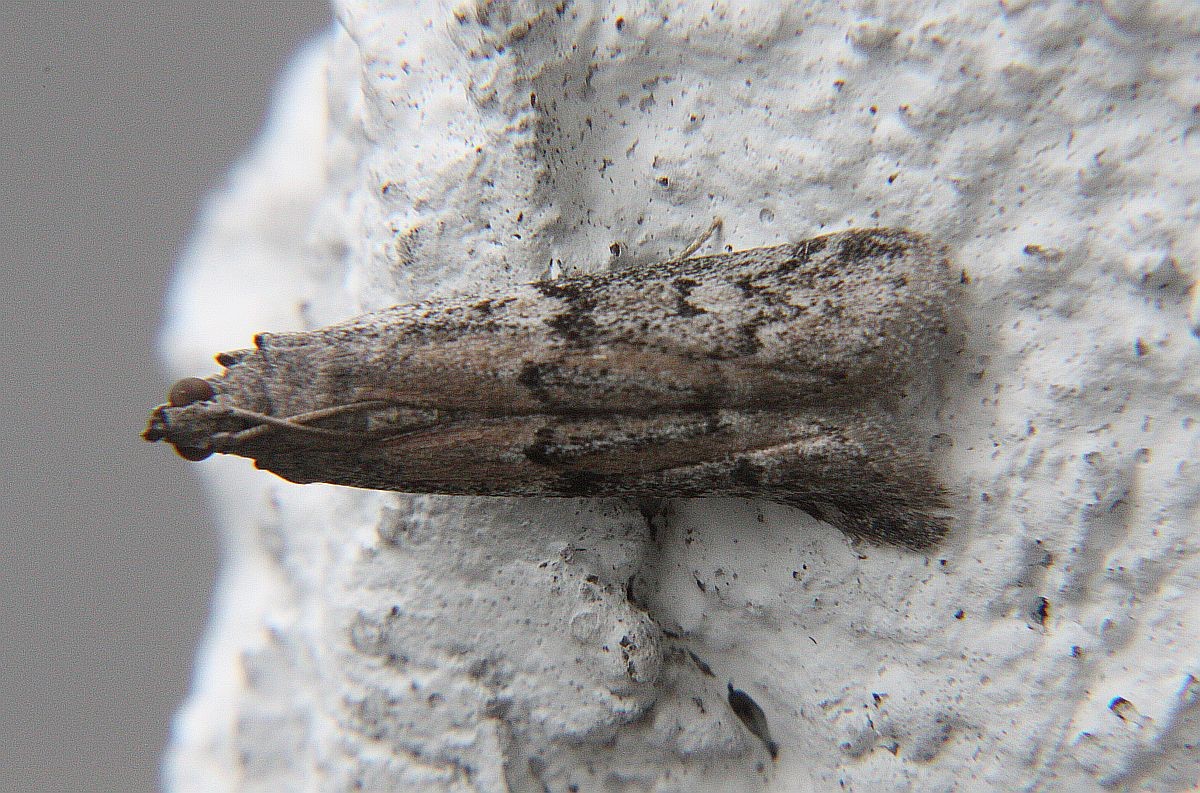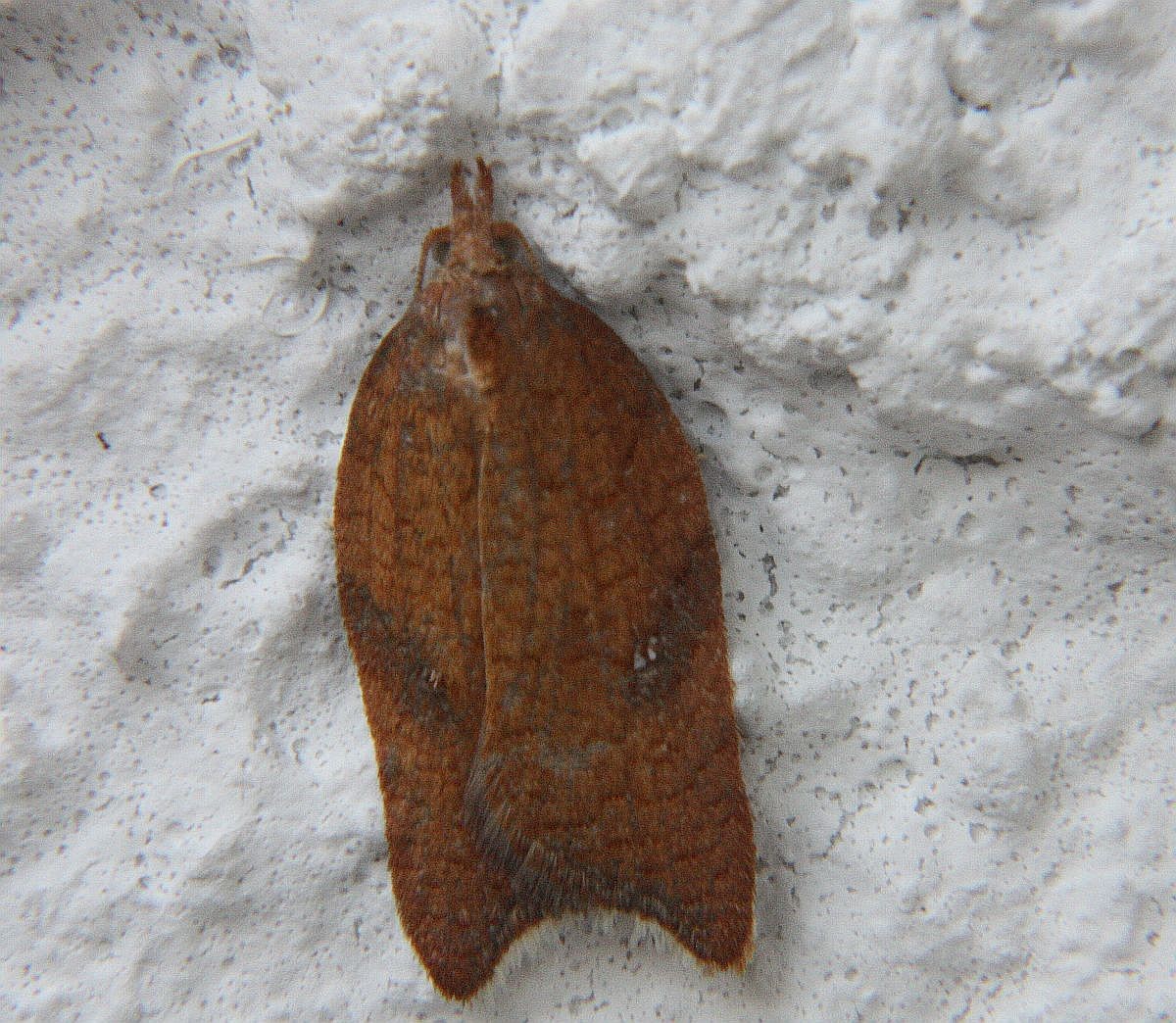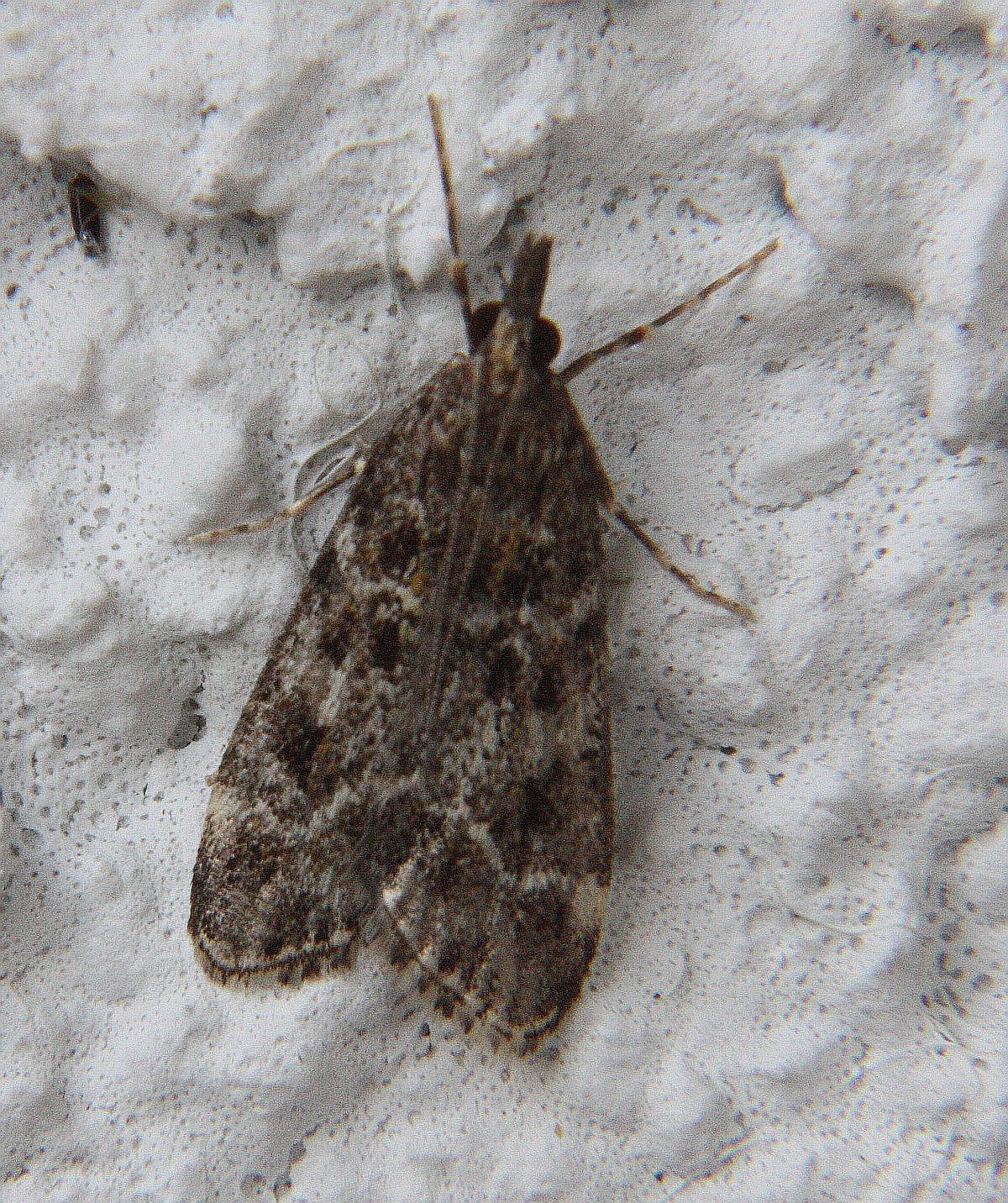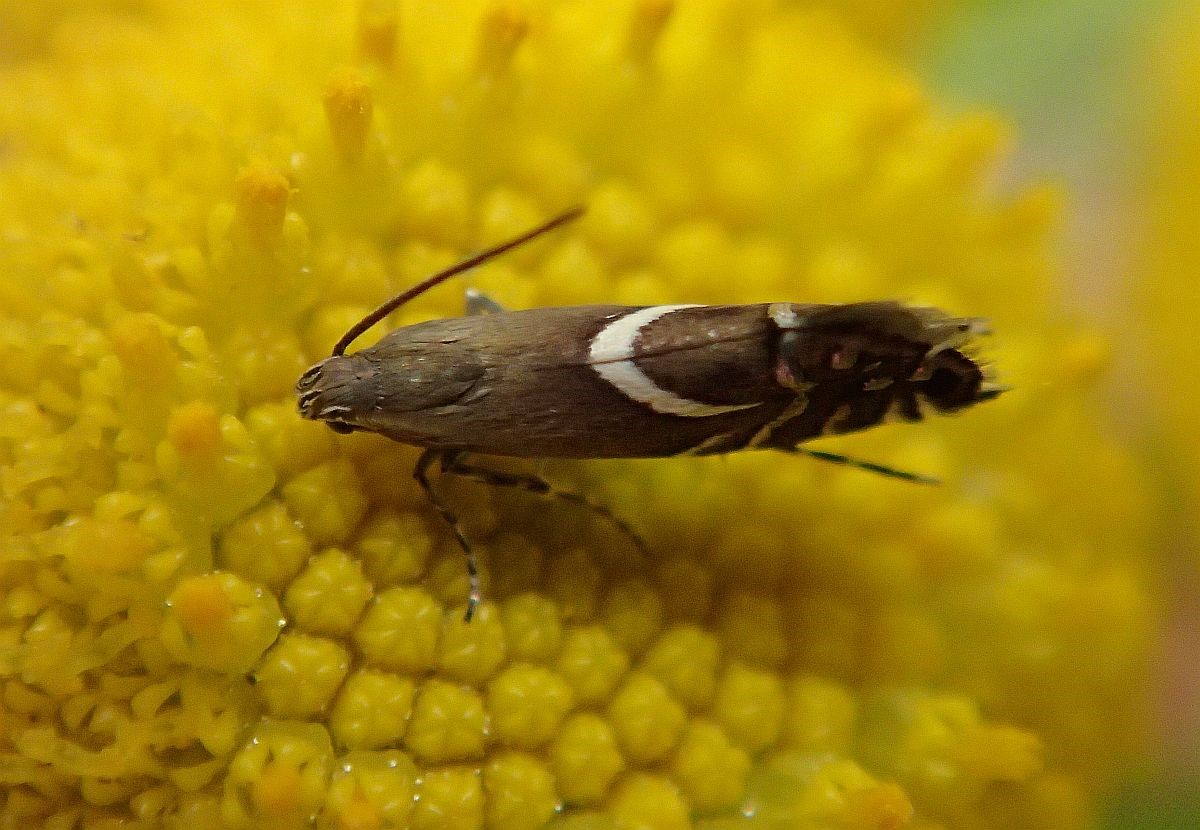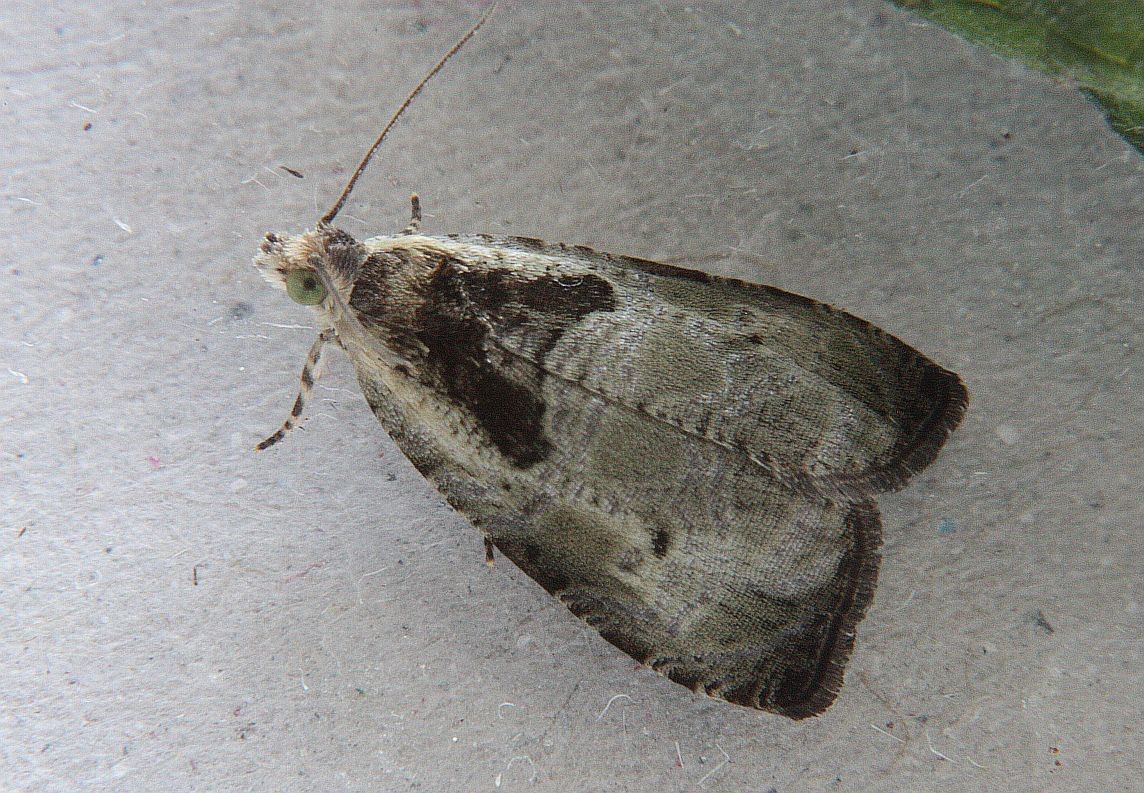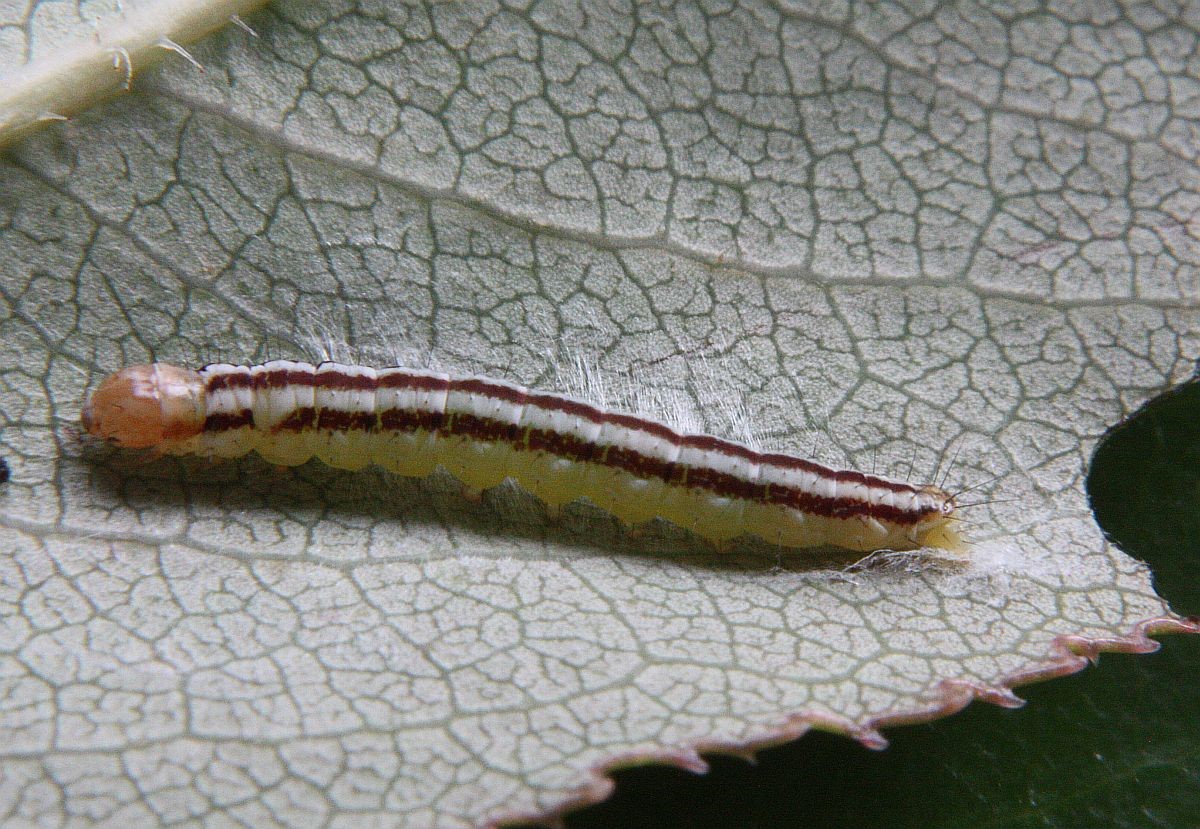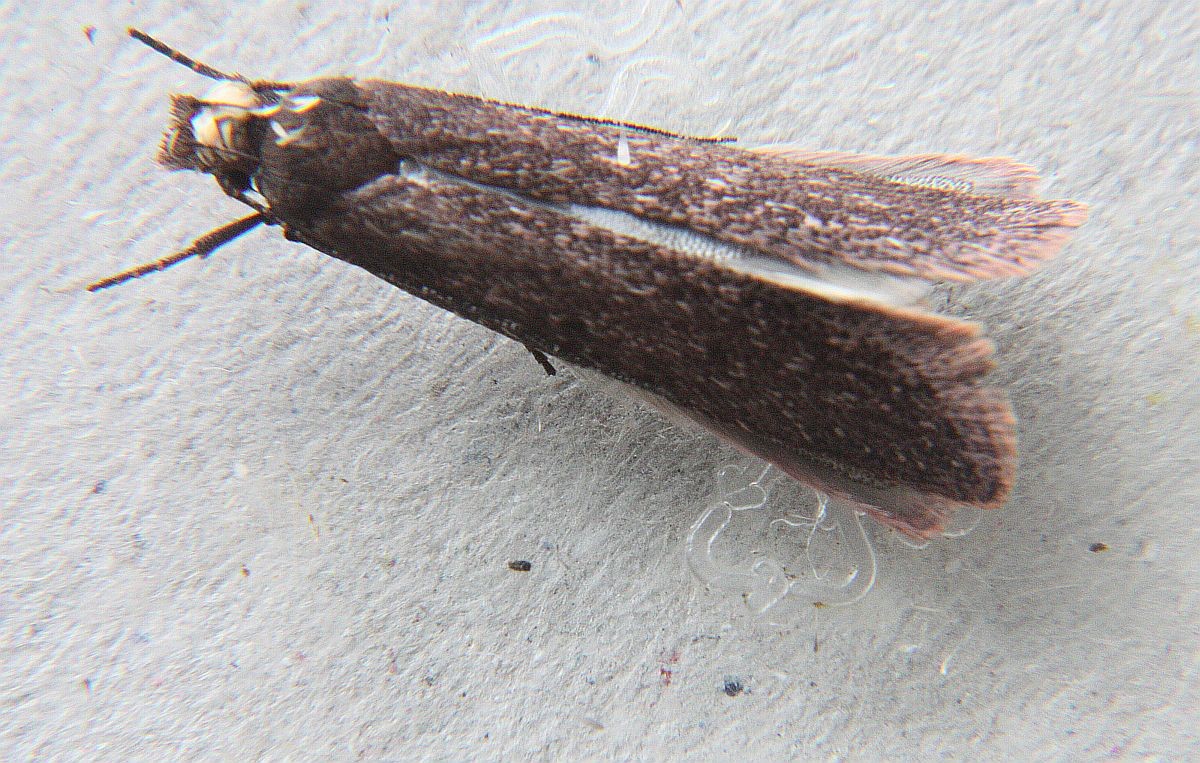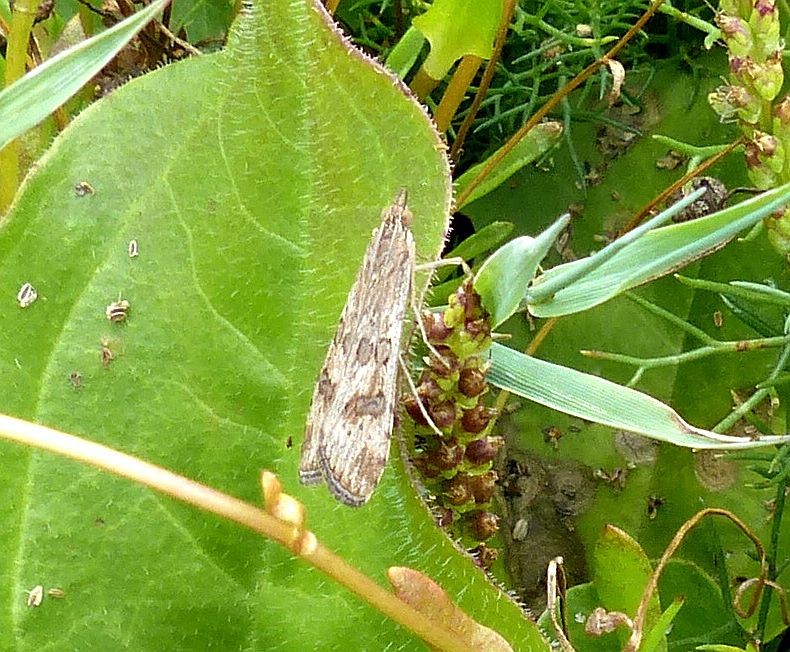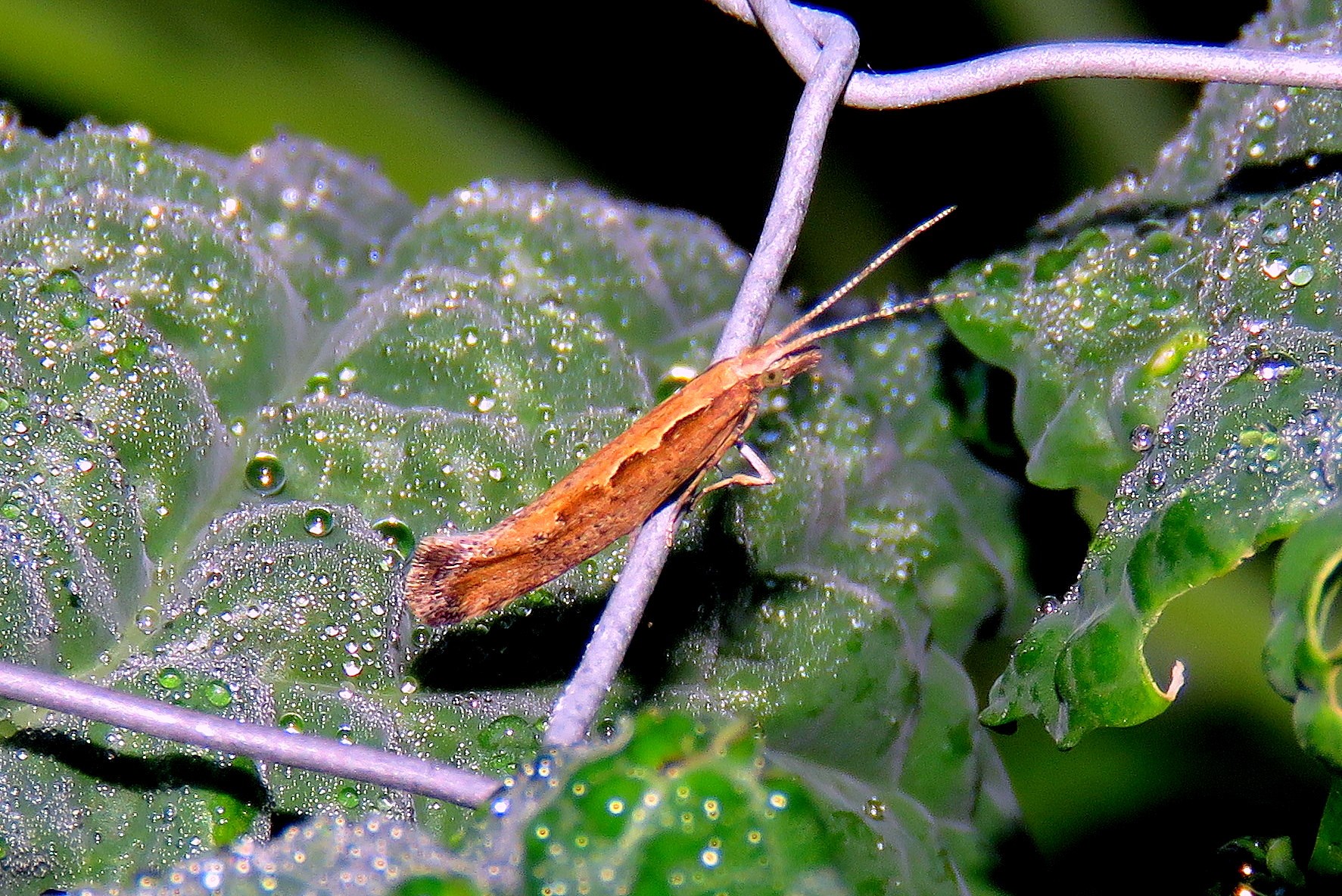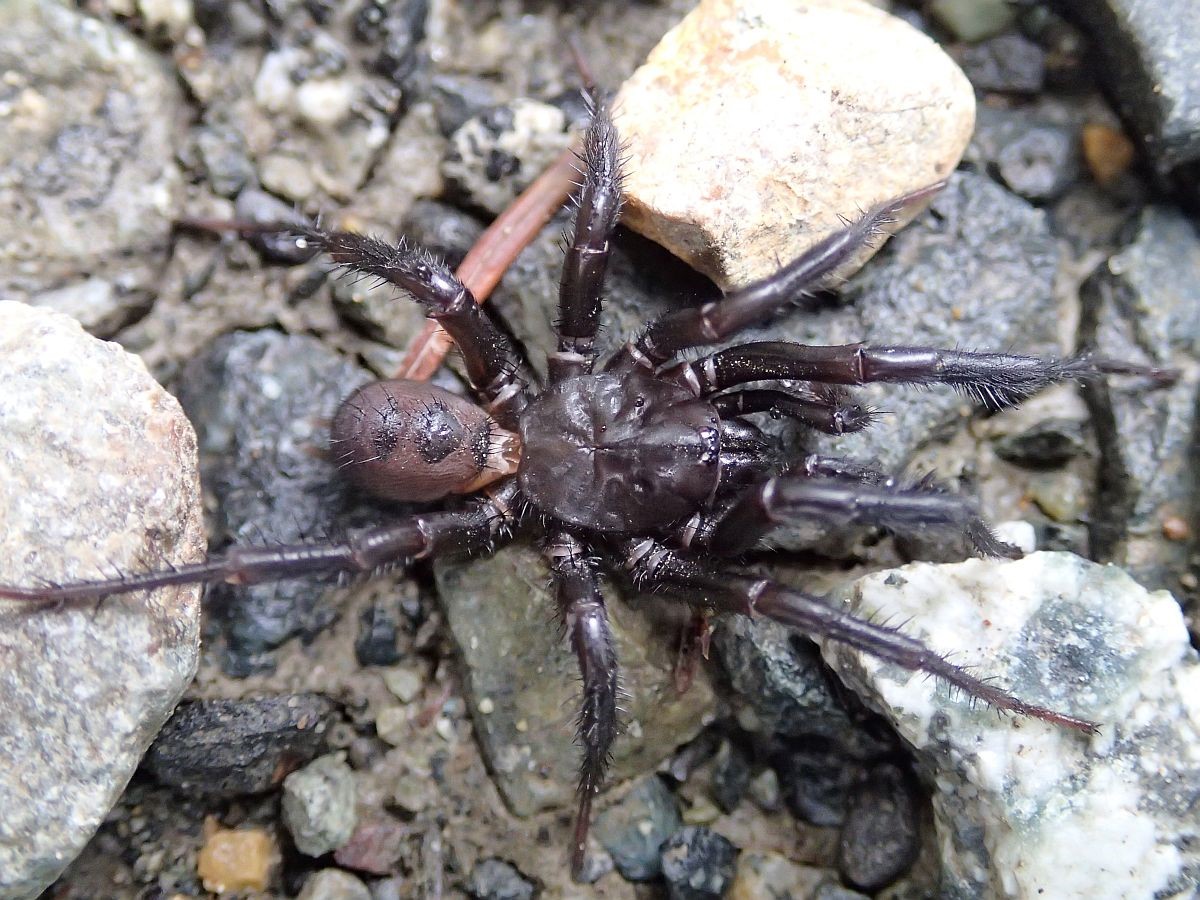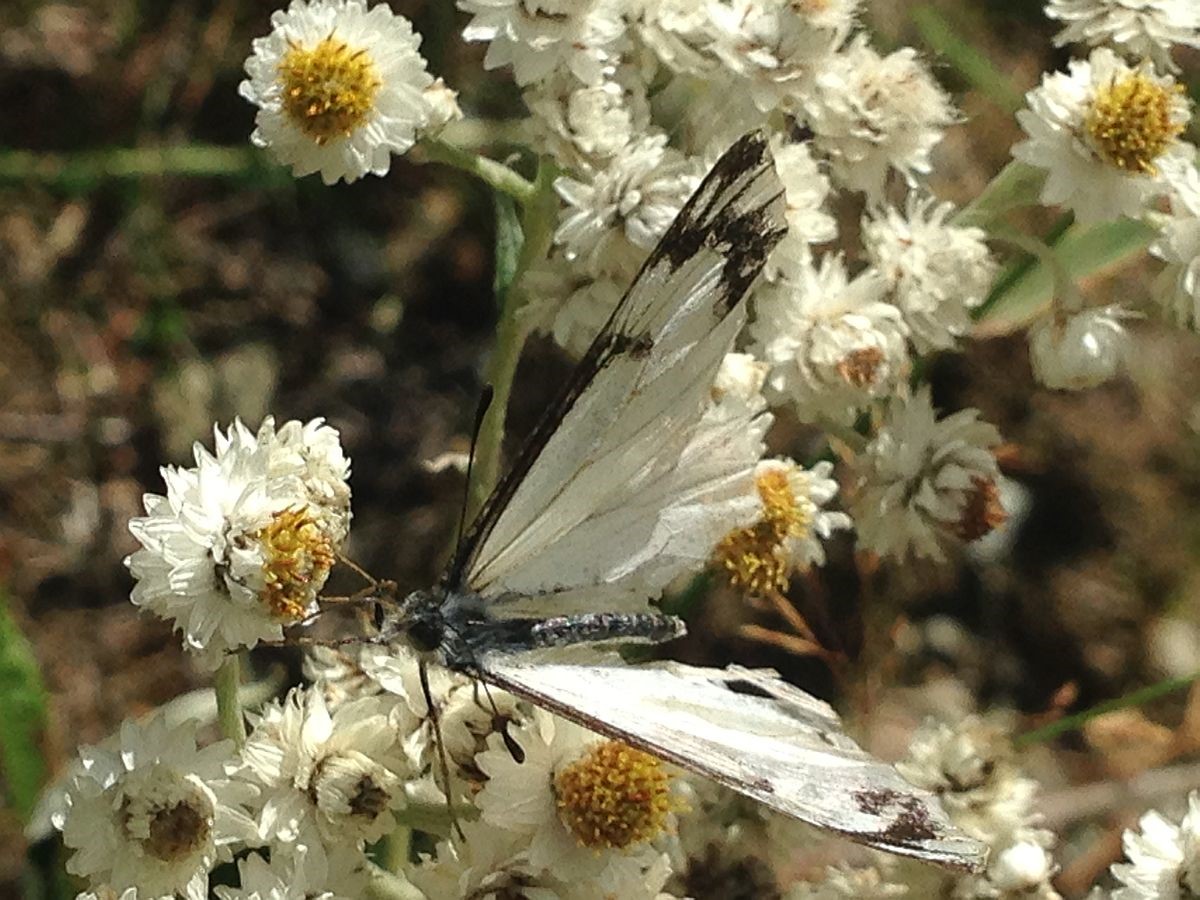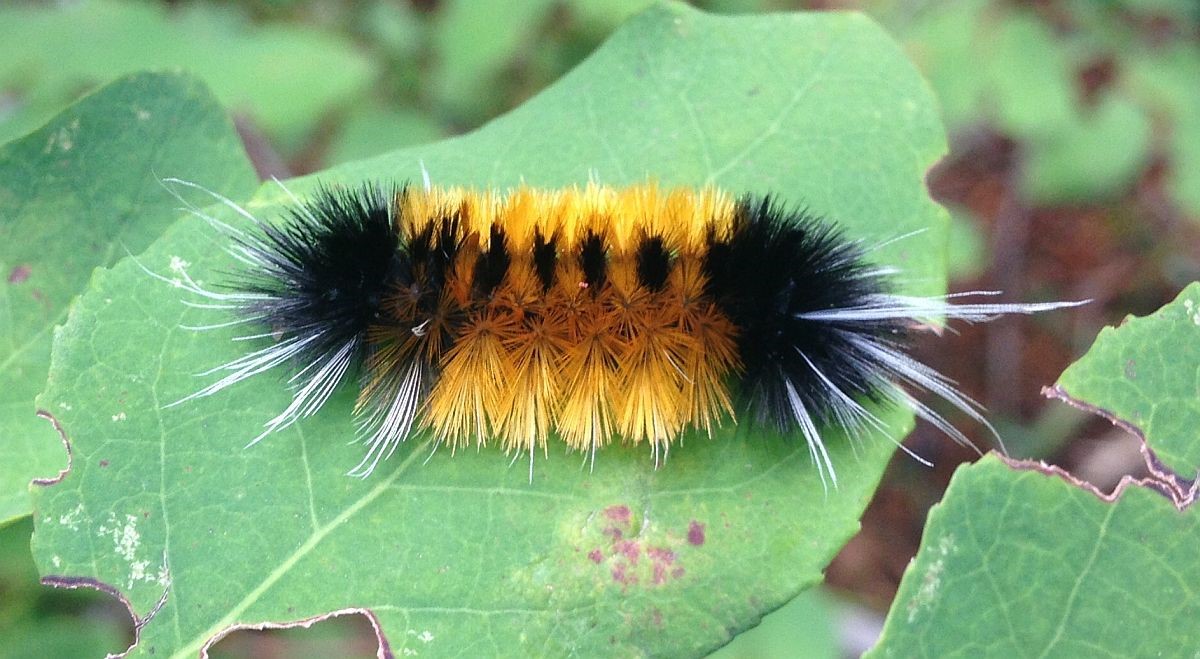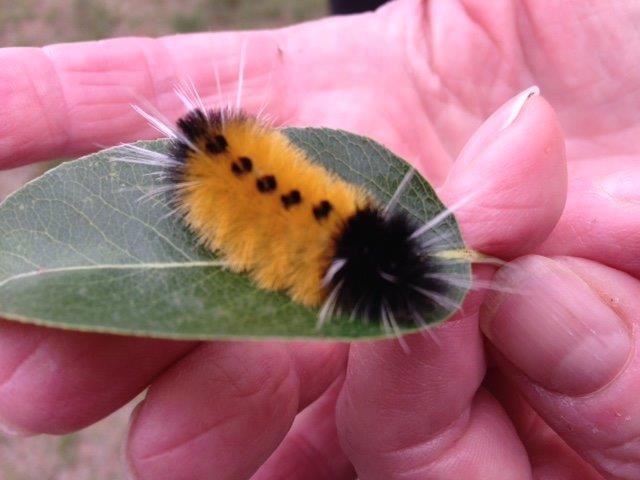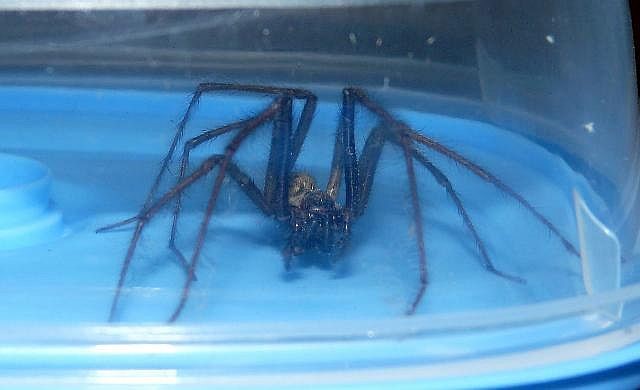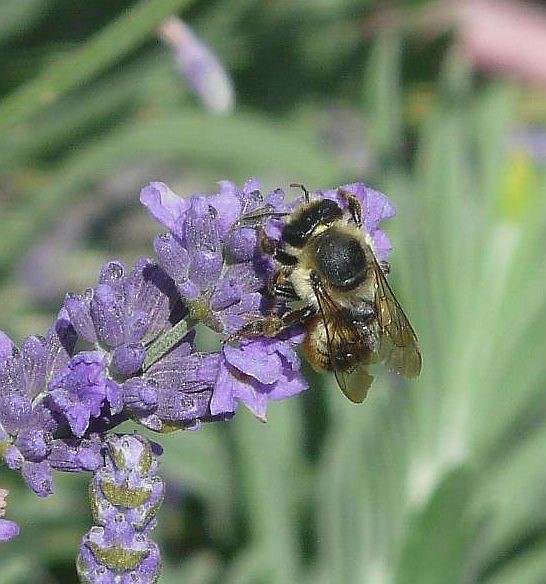2015 September 13
Cheryl Hoyle sends photographs of two caterpillars from Metchosin. The first is a Tiger Swallowtail – I cannot tell which species. Shortly before pupation these caterpillars turn brown and wander around away from their foodplant, looking for somewhere to pupate. It looks as though this one has already found a place to pupate, and it has already spun its silken girdle. The second is a noctuid of the group known as dagger moths, because of a dagger-like mark on the wings of the adult moths.
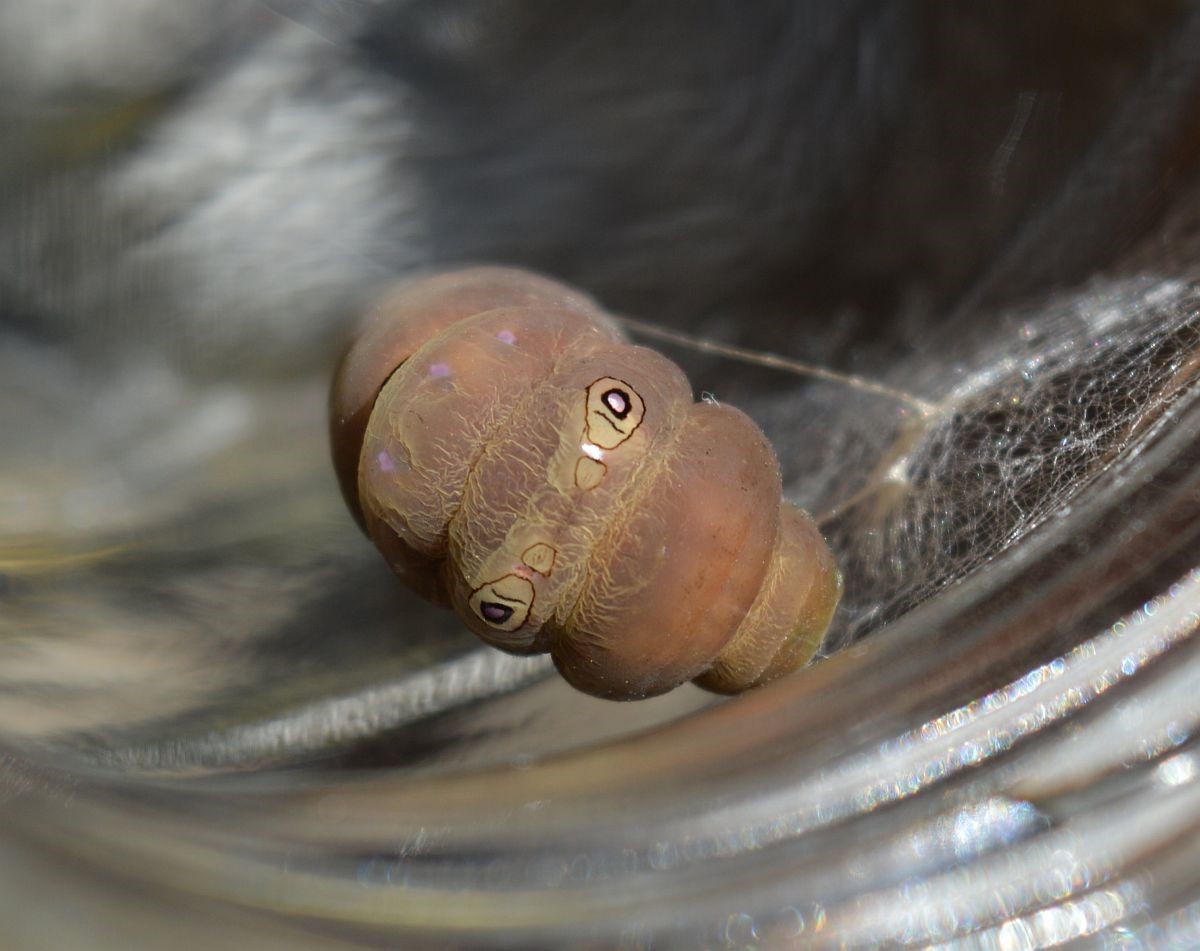
Tiger Swallowtail Papilio rutulus/eurymedon (Lep.: Papilionidae) Cheryl Hoyle
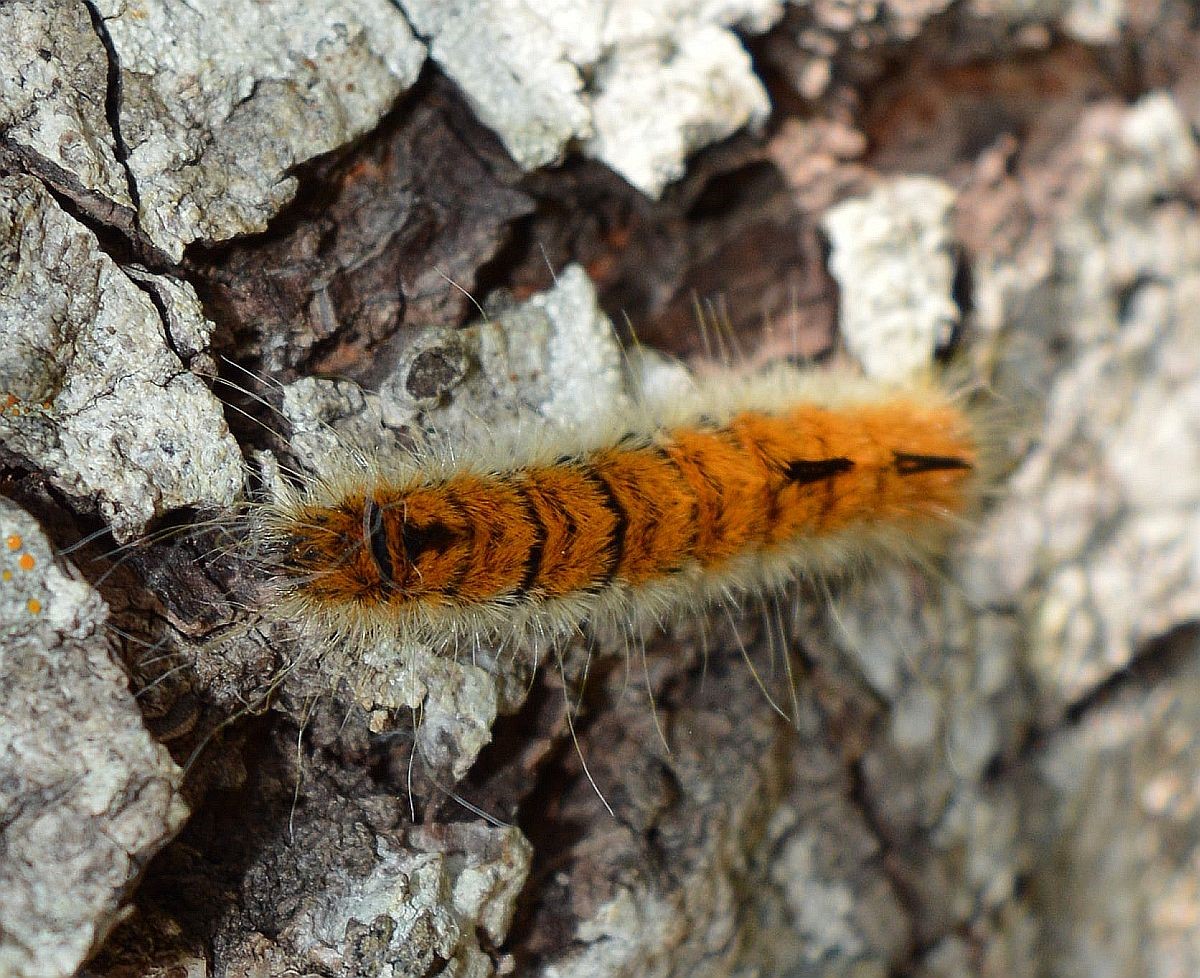
Acronicta dactylina (Lep.: Noctuidae) Cheryl Hoyle
She also sends a photograph of a plusiine moth Autographa californica from View Royal. On September we pointed out that most plusiine caterpillars can be recognized by their reduced number of prolegs. Likewise, many of the adult plusiines have a distinguishing feature – a y-like mark in the middle of the forewing.
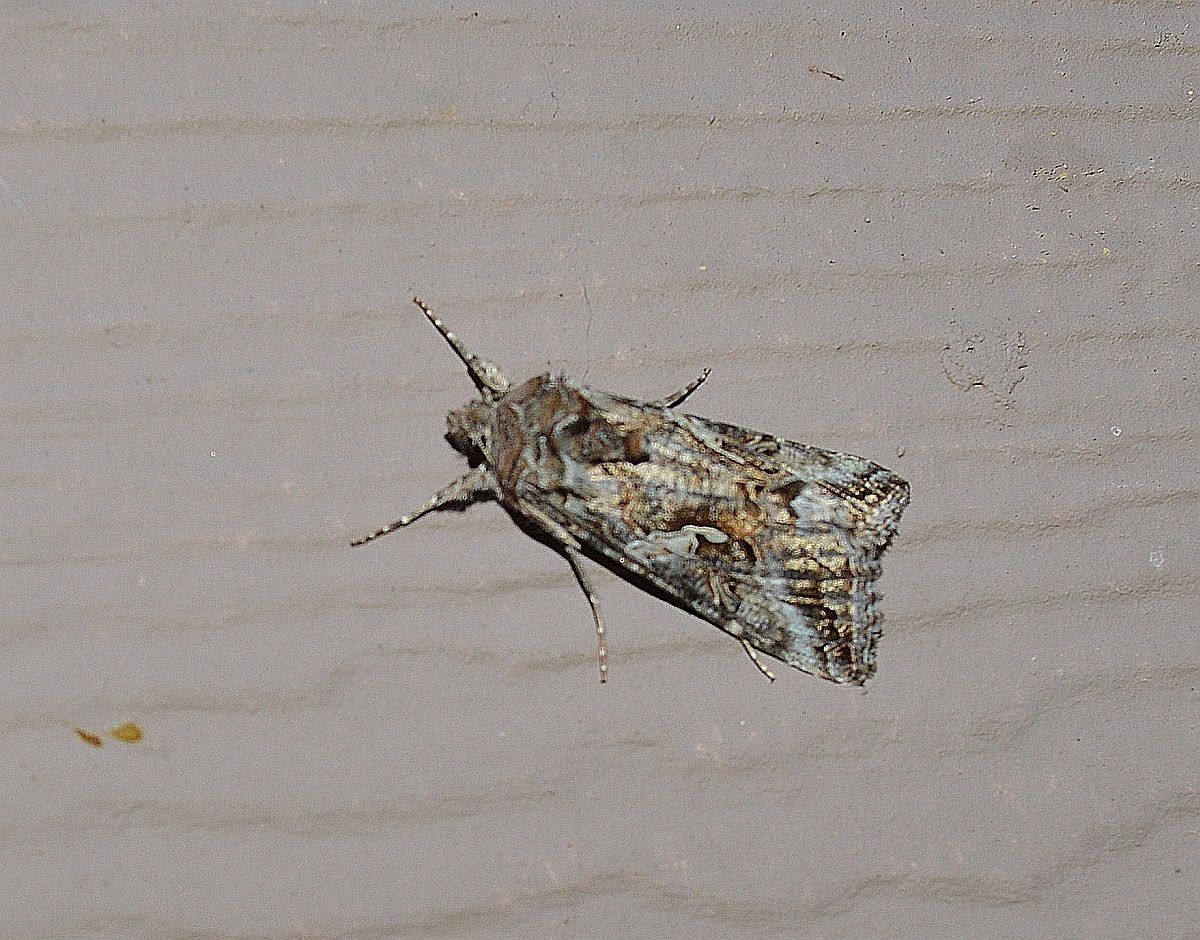
Autographa californica (Lep.: Noctuidae) Cheryl Hoyle
And a spider:
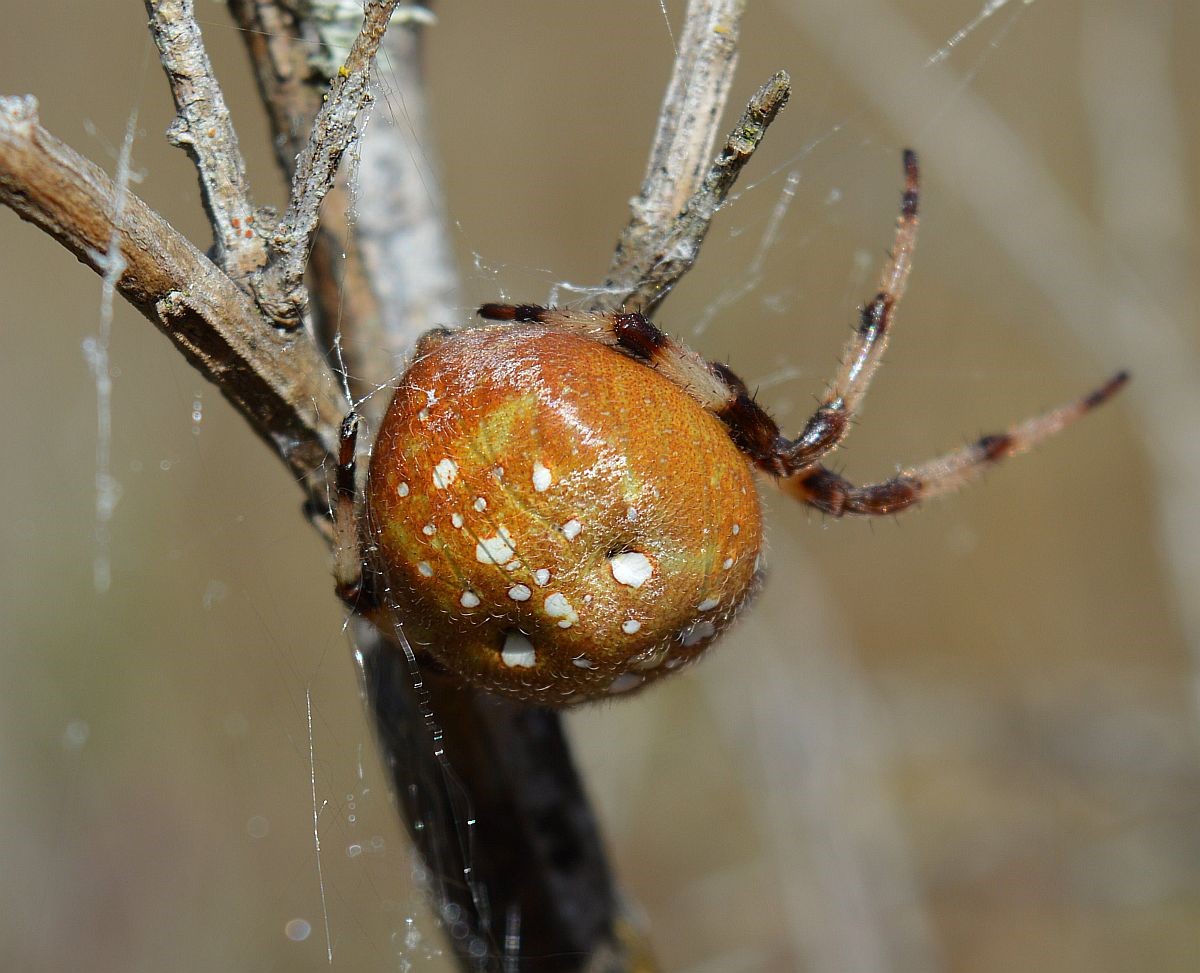
Araneus trifolium (Ara.: Araneidae) Cheryl Hoyle
The butterfly season isn’t quite over yet. Jeremy Tatum saw a Cabbage White laying eggs on Cakile (Sea Rocket) at Weir’s Beach, September 13.
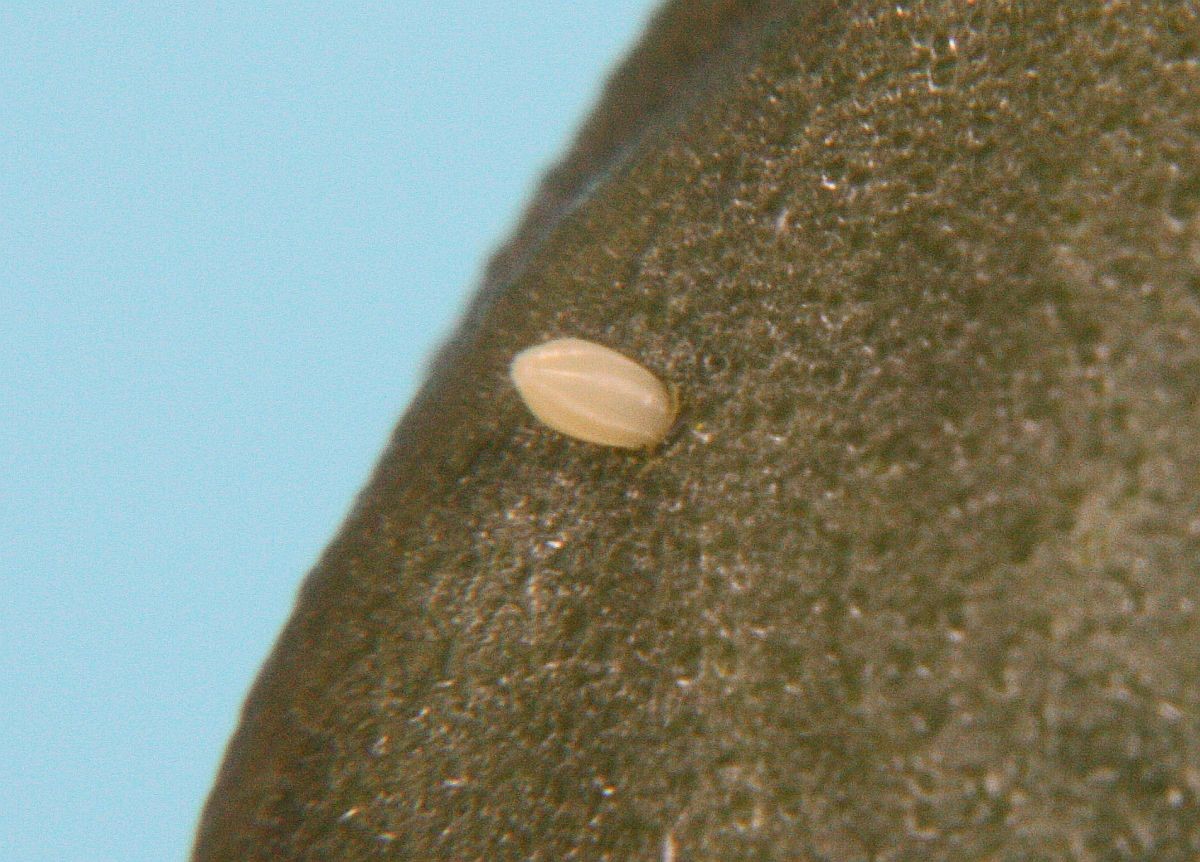
Cabbage White Pieris rapae (Lep.: Pieridae) Jeremy Tatum
I saw my first Banded Woolly Bear of the season at Metchosin Lagoon today. October is the peak season for these caterpillars, and we should be seeing more of them in the next few weeks. In case anyone is tempted to try rearing one of them to adult moth, I would point out that this species is one of the more difficult lepidopterous caterpillars to rear, and I would not advise trying it if you have never reared caterpillars before.

